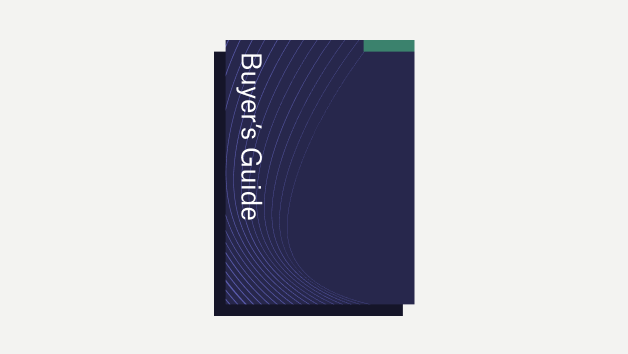When it comes to the world of maritime technology such as naval platforms and submarines, these heavy duty maritime elements must be designed to operate in rough and dangerous sea environments.
The use of sturdy and reliable maritime technology, such as stabilisation systems and structural components, ensures efficient operation during critical defence missions.
Leading suppliers of maritime technology, materials and structural components
Our Naval Technology team has researched and listed some of the leading suppliers of maritime technology, materials and structural components.
These include things such as waveguide pressurisation equipment, rugged military servers, liquid crystal display (LCD) screens and monitors, and naval handling systems, based on its intel, insights and decades-long experience in the sector.
Our extensive list also includes some major suppliers of air contamination and purification equipment, marine fuel stabiliser and stabilisation systems, lighting solutions, and cases and enclosures for electronics and system platforms.
See Also:
Our carefully compiled and professionally written download document contains a range of valuable industry information.
This content will be of particular interest and value to technical engineers, naval architects and marine engineers, technical support engineers, service engineers, naval control panel operators, and vessel performance managers.
Our download also contains detailed information on suppliers, product lines and contact details to aid your purchasing decision.
Industry-leading maritime technology: motion control and handling systems
Motion control and stabilisation systems are used on naval platforms and vessels to stabilise them against the constant motion of the sea.
The systems enhance fuel efficiency and speed while reducing motion sickness and crew fatigue, damage to equipment and cargo, and the need to undertake course corrections.
Fin stabilisers and tank stabilisers are the two most common stabilising systems used on naval vessels.
Marine environments can also cause instability in diesel and ethanol fuels, so marine fuel stabilisers are used to maintain naval vessel fuels.
This maritime technology reduce chemical reactions, phase separation and corrosion while preventing the formation of gums and varnish.
Instability at sea also requires the installation of sturdy handling systems.
These include marine handles for doors and hatches, robust grab handles, and complex mission handling systems for towing applications and mine warfare.
Rugged military servers and monitors
The constant motion of the sea also creates a need for rugged maritime technology such as video and data systems, for weapons, surveillance, communications and radar systems, that can be used in the most adverse naval conditions.
Some of the video and data systems used in the navy are rugged military servers, rugged computers, LCD monitors and widescreen displays, which offer the highest visibility and operation in any light condition.
Contamination control systems in maritime technology
The closed compartments and enclosed spaces of naval vessels and submarines used in the defence industry require effective contamination control systems, including air conditioning and heating and ventilation systems, to ensure the supply of fresh air to occupants.
Oxygen generators, carbon dioxide adsorbents and removal systems, and carbon monoxide eliminators remove carbon dioxide and other odours from inside submarines and naval platforms.
Some air conditioning systems come equipped with carbon filters for removing carbon dioxide.
FAQs
What types of stabilisation systems are used on naval vessels?
Naval vessels commonly use fin stabilisers and tank stabilisers to minimise the effects of sea motion.
These systems enhance operational efficiency, improve crew comfort, reduce equipment damage, and limit the need for course corrections during rough seas.
How do rugged military servers support naval operations?
Rugged military servers are built to withstand harsh maritime environments.
They are used for weapons, surveillance, and communication systems, ensuring reliable performance under extreme conditions, including vibration and saltwater exposure.
What is the importance of contamination control systems on naval vessels?
Naval vessels require contamination control systems to maintain air quality in closed compartments.
These systems include air filters, oxygen generators, and CO2 removal systems, ensuring crew safety and preventing the build-up of harmful gases during long missions.
How does maritime technology improve fuel stability?
Marine fuel stabilisers are used to prevent fuel degradation and maintain fuel efficiency.
These stabilisers minimise chemical reactions, prevent phase separation, and reduce corrosion, ensuring the reliability and longevity of naval vessels’ fuel systems.
What role do handling systems play in naval vessel operations?
Handling systems, such as robust grab handles and complex mission handling systems, are crucial for ensuring safe movement aboard vessels.
They are used for door and hatch control, as well as in mission-critical operations like towing and mine warfare.



